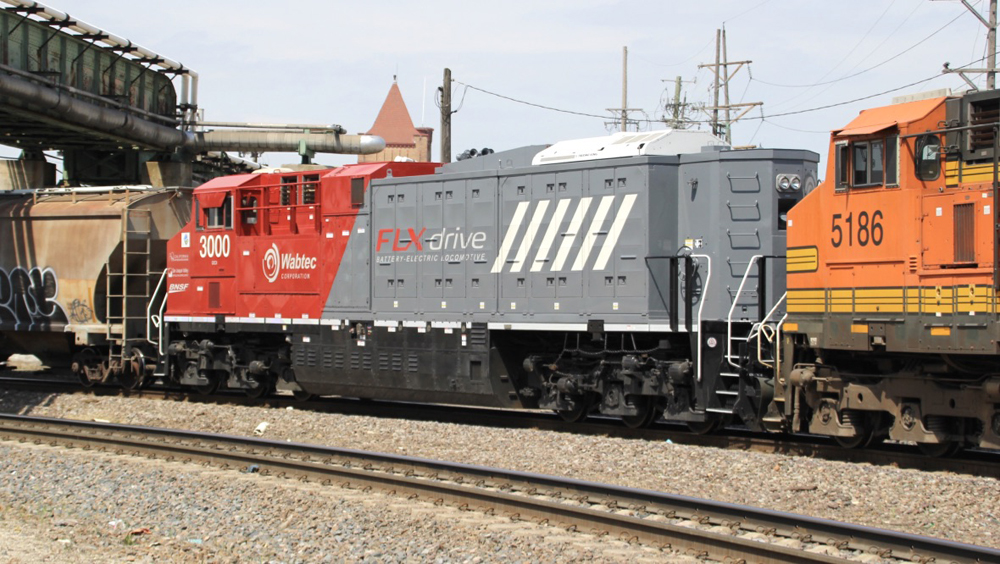
Today, we begin our countdown of the Trains News Wire Top 10 stories of 22, as determined by a vote of Trains editors, columnists, and masthead correspondents. Up today, stories Nos. 10 and 9.
The railroad industry’s search for alternatives to diesel-electric power continued to move forward in 2022, with manufacturers and railroads making inroads on developing battery-electric, hybrid, and hydrogen fuel-cell alternatives.
Union Pacific set the tone in January, when it announced it would buy 10 FLXdrive battery-electric units from Wabtec and 10 EMD Joule locomotives from Progress Rail for trial use as switch engines at yards in North Platte, Neb., and Southern California. UP later announced it would partner with technology firm ZTR to build six diesel-battery hybrids at its North Little Rock, Ark., shops.
Australian mining firm BHP also split a locomotive order between Wabtec and Progress, buying two units from each, while another Australian firm, Rio Tinto, ordered four of the Wabtec units.
Wabtec’s biggest FLXdrive order to date, however, came from Kazakstan’s national railway, which signed up for 150 battery-electric switchers, as well as conversion of its mainline locomotive fleet from diesel to liquefied natural gas.
Progress, meanwhile, will also provide up to four EMD Joule SD70J locomotives to BNSF Railway for testing in Southern California. Those locomotives will have 8 megawatt-hours of capacity, the largest storage capacity for a battery-electric in North America. Progress also added diesel-battery hybrids to its product line; Brazilian railway and logistics company Rumo is to receive the first two units. No North American buyers have yet been announced.
Canadian Pacific hydrogen unit debuts
Leading the development of hydrogen locomotives to date is Canadian Pacific, which in October saw the revenue debut of the first of three planned home-built units. CEO Keith Creel told the RailTrends conference that “the potential … is real” for the technology. The railroad has developed the locomotives in hopes of finding a manufacturer to take the project forward and build enough units to prove the technology in mainline service in the Canadian Rockies.
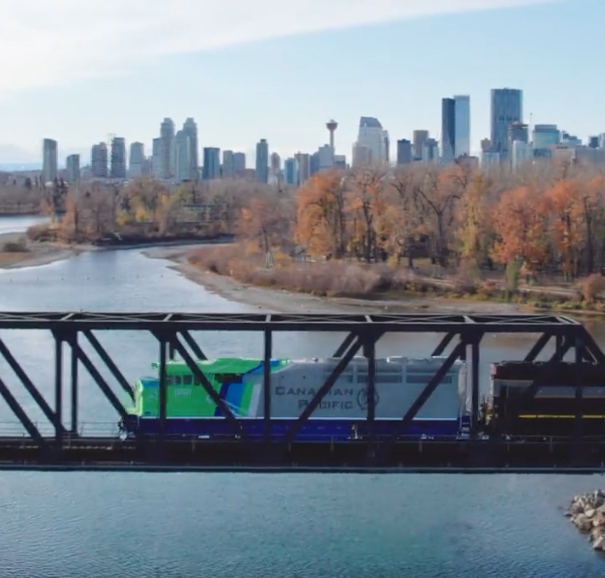
“If you can operate there — heavy haul, cold temperatures, the most challenging operational conditions I’ve ever experienced in my career … it will work anywhere,” Creel said.
A hydrogen switcher is also being developed by California’s Sierra Northern Railway under a $4 million grant awarded by the state in 2021. The railroad has not indicated when that unit might debut.
California will also be the home of the first hydrogen-powered passenger equipment in the U.S., a Stadler FLIRT trainset to operate on the San Bernardino-Redlands Arrow commuter line. That equipment, which was unveiled at the InnoTrans trade fair in Germany, is currently testing in Europe and is expected to arrive in the U.S. in 2024. Stadler also announced a memorandum of understanding with two California agencies for up to 29 hydrogen trainsets for use in Amtrak California service.
The current round of tests and prototypes may not lead to a single dominant technology to replace the diesel-electric. So suggested Venu Madala, Wabtec group vice president, product management, at an industry conference this fall.
“Everybody is going to have a very unique fleet, and they’re going to have very unique requirements from their fleet strategy perspective,” Madala said. “And our goal is that we’re going to be able to help each customer uniquely by having solutions available in different areas.”
Additional News Wire coverage:
Second Australian firm orders Wabtec battery-electric locomotives, Jan. 11, 2022
Australia’s BHP to buy battery-electrics from Wabtec, Progress Rail, Jan. 17, 2022
Union Pacific orders 20 battery-electric locomotives for yard service, Jan. 28, 2022
Sierra Northern provides look at design for hydrogen switcher, Sept. 7, 2022
Wabtec signs deal for FLXdrive locomotives, LNG conversions in Kazakhstan, Sept, 20, 2022.
Progress Rail to offer diesel-battery hybrid locomotives, Sept. 21, 2022
Stadler unveils first hydrogen grain for U.S., announces order for up to 29 more, Sept. 21, 2022
BNSF to test Progress Rail battery-electric locomotives in Southern California, Sept. 23, 2022
Union Pacific to partner on construction of hybrid-electric locomotives, Oct. 6, 2022.
Locomotive builders seek path to the future, Oct, 18, 2022.
Canadian Pacific’s hydrogen-powered locomotive makes first revenue run, Nov. 15, 2022






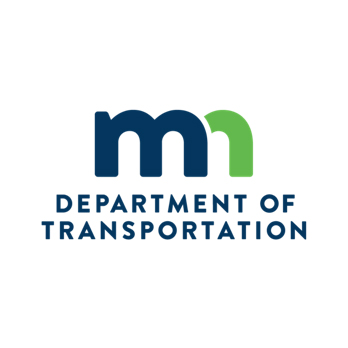
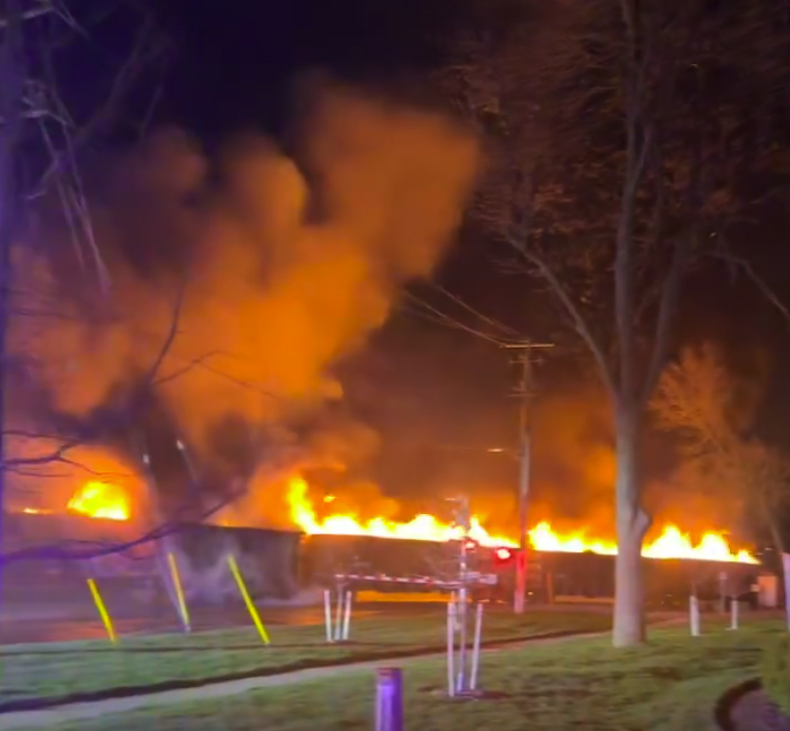
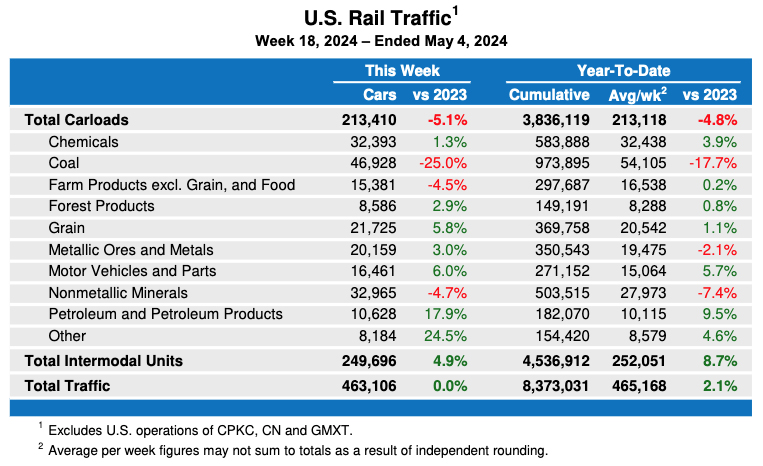
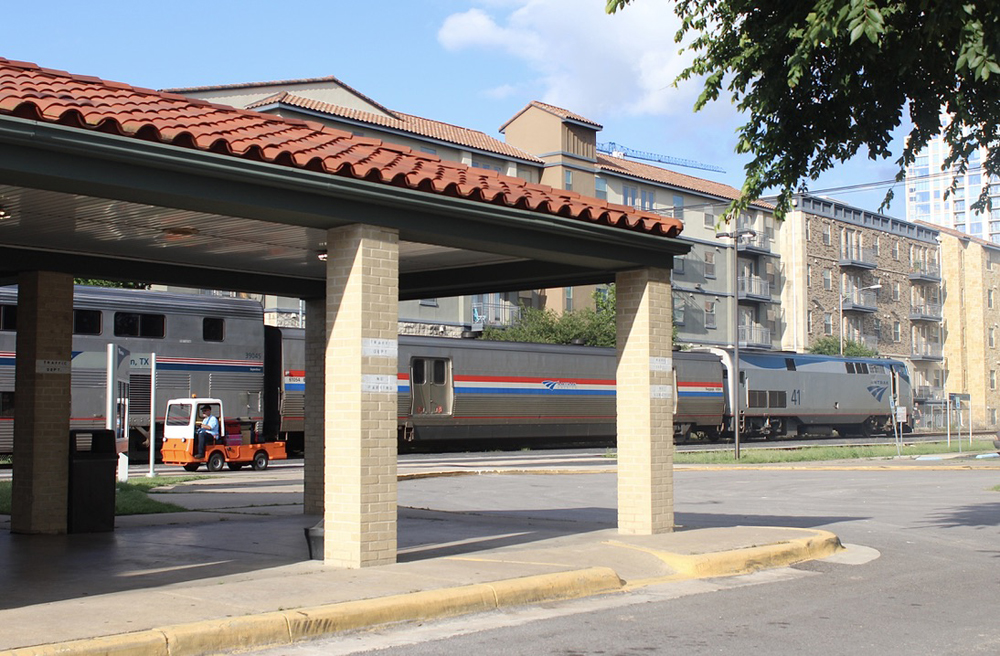




So is there a back up system should all fail? It is important to note that electric autos get significantly less duration in hot and cold weather, because the batteries must supply proportionally more power to run environmental control systems. While this is not much of an issue with freight locos, passenger carriers may need to supply extra units just to run environmental controls and lighting. And, I would think passenger carriers will always need a diesel generator backup, just like hospitals, convention centers, and large buildings.
How powerful is the charger? In a very simplistic answer, an 8 megawatt charger could refill the battery in 1 hour. In the real world, batteries have a charging curve so more energy is stored in the battery per minute when the state of charge is below 70% than when it is above 70%. Charging from 70% to 100% may take as much time as 5% to 70%. Railroads will learn how much power a train requires to get from one charger location to another under different weather, speed and tonnage conditions.
Battery electric locomotives capture energy from dynamic braking so the amount of empty battery capacity is important too. When a train arrives at a downgrade the battery state of charge should be low enough to allow all regenerated energy to be stored in the battery. Railroads will require software to determine the target state of charge at departure for each locomotive in a consist to efficiently move a train from one charger location to another.
I totally agree Harrison. Electrified lines have worked successfully for decades and decades.
Any of you thinking “just electrify already”? Because I am.
Totally agree. The simpler the better.
Totally agree with you. It has worked for years and years.
and what will be the source for that electricity I have not ever seen that delineated
Question. On a high power, 6 axle road loco, what is the time difference in fully recharging a battery loco vs refueling the diesel? Minutes vs hours for 8 megawatt hours? You will need a lot of battery locos if half are always re-charging.